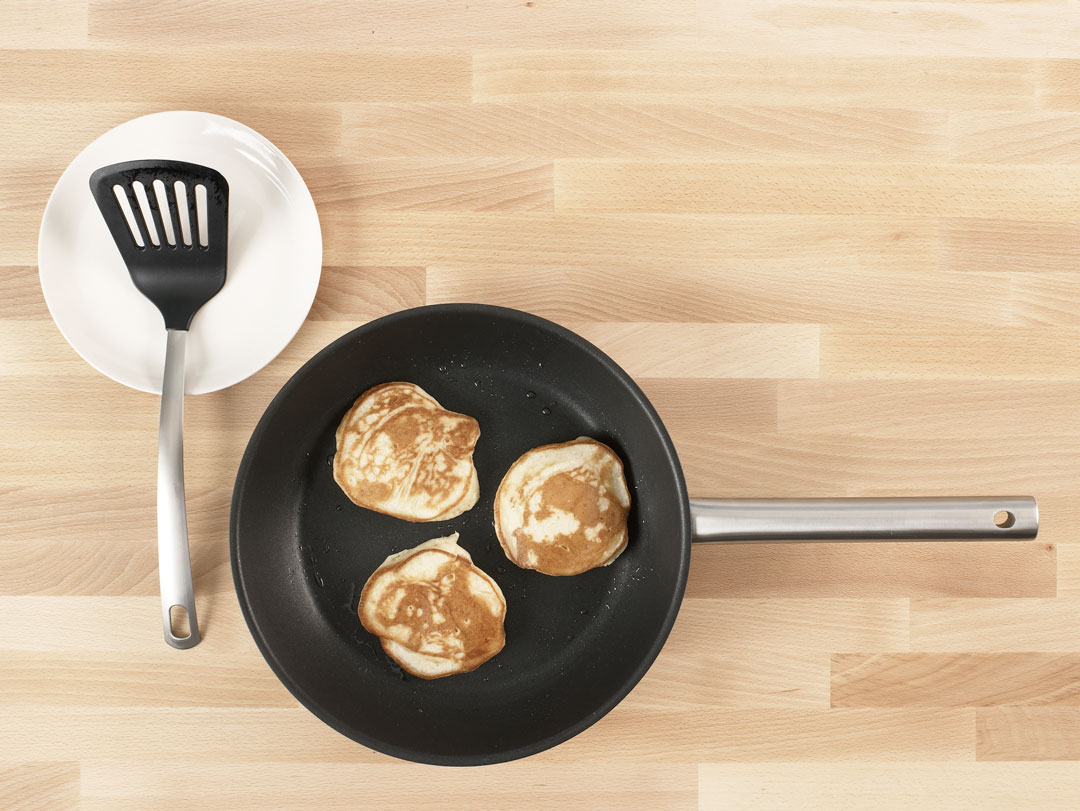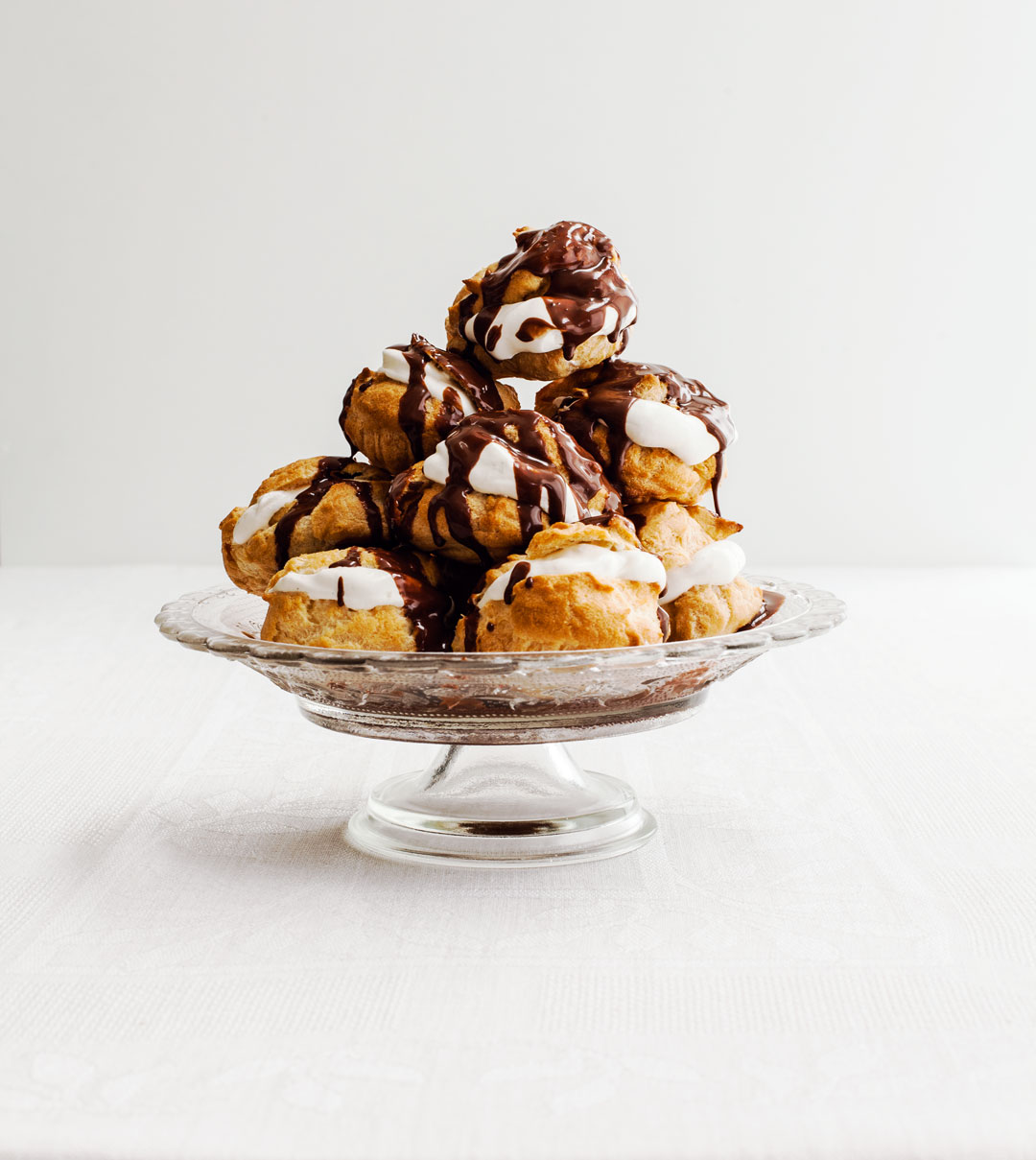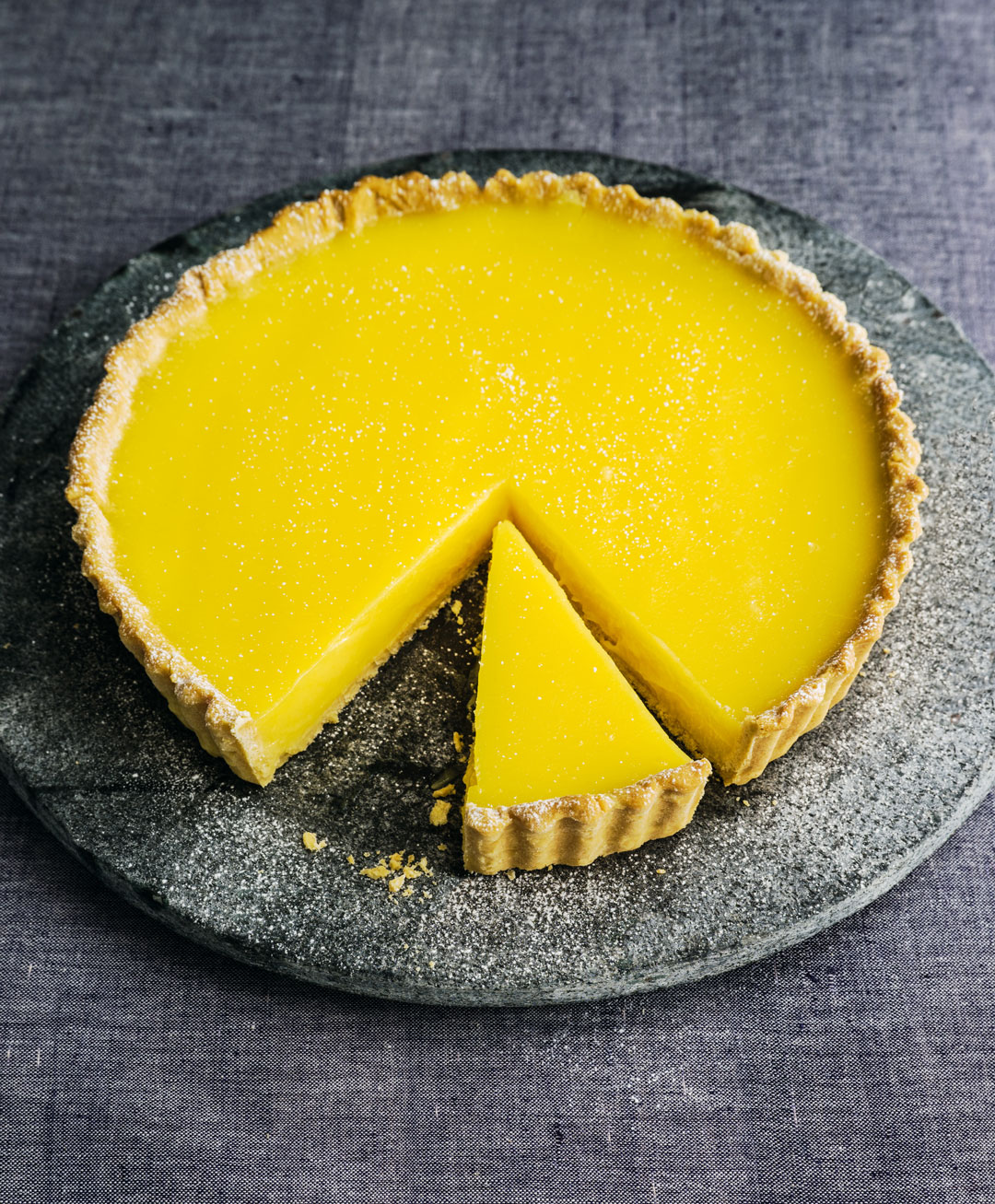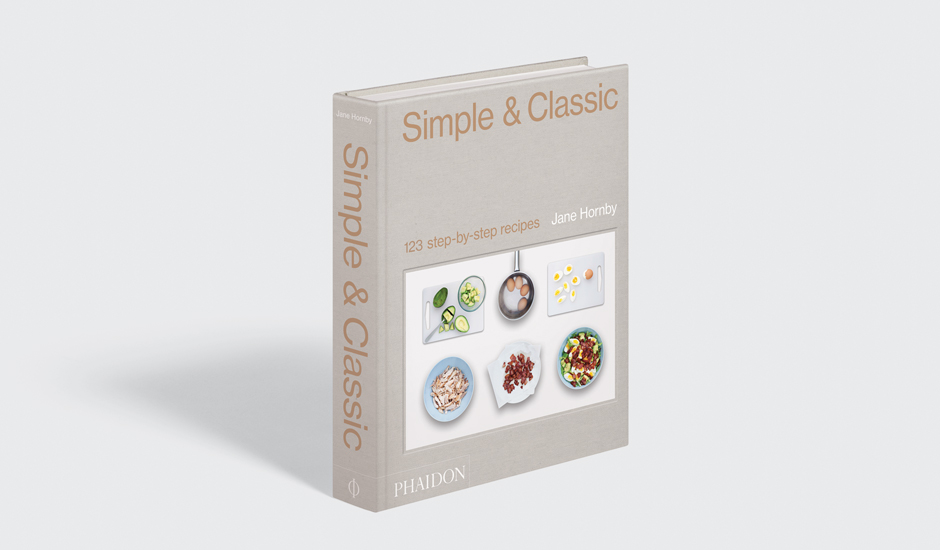
Keep It Simple: Useful tips for dairy, pastry and chocolate
Jane Hornby’s Simple & Classic book contains a lot of very effective advice. Here’s a taster for the lactose tolerant
Simple & Classic isn’t just a cookbook, it’s the careful distillation of a decades of knowledge. Jane Hornby’s new book brings together the very best of Hornby's recipes from the bestsellers What to Cook & How to Cook It, Fresh & Easy, and What to Bake & How to Bake It. Each one is easy to follow, with detailed step-by-step shots and stunning images of the finished dishes. However, Jane also spices up the mix with a selection of simple tips and hacks, helping the home cook to add a new level of professionalism to his or her kitchen routine. Here are a few of the best tips that cover dairy, pastry and chocolate.

How to choose, cook and keep dairy produce Generally milk, yogurt, soft cheese, and cream will keep for about a week. If you eat cheese uncooked, it’s more flavorful, and will have the correct texture, if served at room temperature. I use whole (full fat) milk—mainly because they are more predictable for cooking and taste better. Heavy (double) cream can be swapped for whipping cream or regular (full fat) crème fraiche in some instances. Don’t boil light (single or reduced-fat) cream or sour cream, because they will split.

The right way to melt chocolate Place the bowl over a saucepan of barely simmering water (the bowl should be just larger than the rim of the pan, so that it sits easily on top), making sure the bottom doesn’t touch the water. Let the chocolate melt for about 5 minutes, stirring once or twice, until smooth throughout. Alternatively, microwave on high in 20-second bursts, stirring after each one, until smooth. It’s important to use a heatproof bowl, such as Pyrex, otherwise it can become too hot and scorch the chocolate.
How to knead Hold the left edge of the dough down with one hand, then grab the farthest edge with the other and push it away from you. Fold the dough back on top of itself, press it down, give the dough a quarter turn, then repeat. After a few turns, the dough will be smooth and elastic. Use more flour if the dough sticks.
If you’re eating it fresh, spend a little more on mozzarella Adding mozzeralla to a salad? Buy the higher quality buffalo mozzarella. Because this cheese will be eaten more or less unadulterated, quality is all-important. Save the cheaper cow milk mozzarella for topping pizzas or pasta casseroles.

Don’t have baking beans? Then use rice Baking beans are actually small ceramic balls, used to weigh down the dough as it cooks, which helps it to keep its shape. Ceramic weights are the most effective, but dried chickpeas or rice can be used instead. Cool and reuse them only for baking.

For many more tips like this, as well as the recipes for all the dishes pictured and much more besides order a copy of Simple & Classic here.